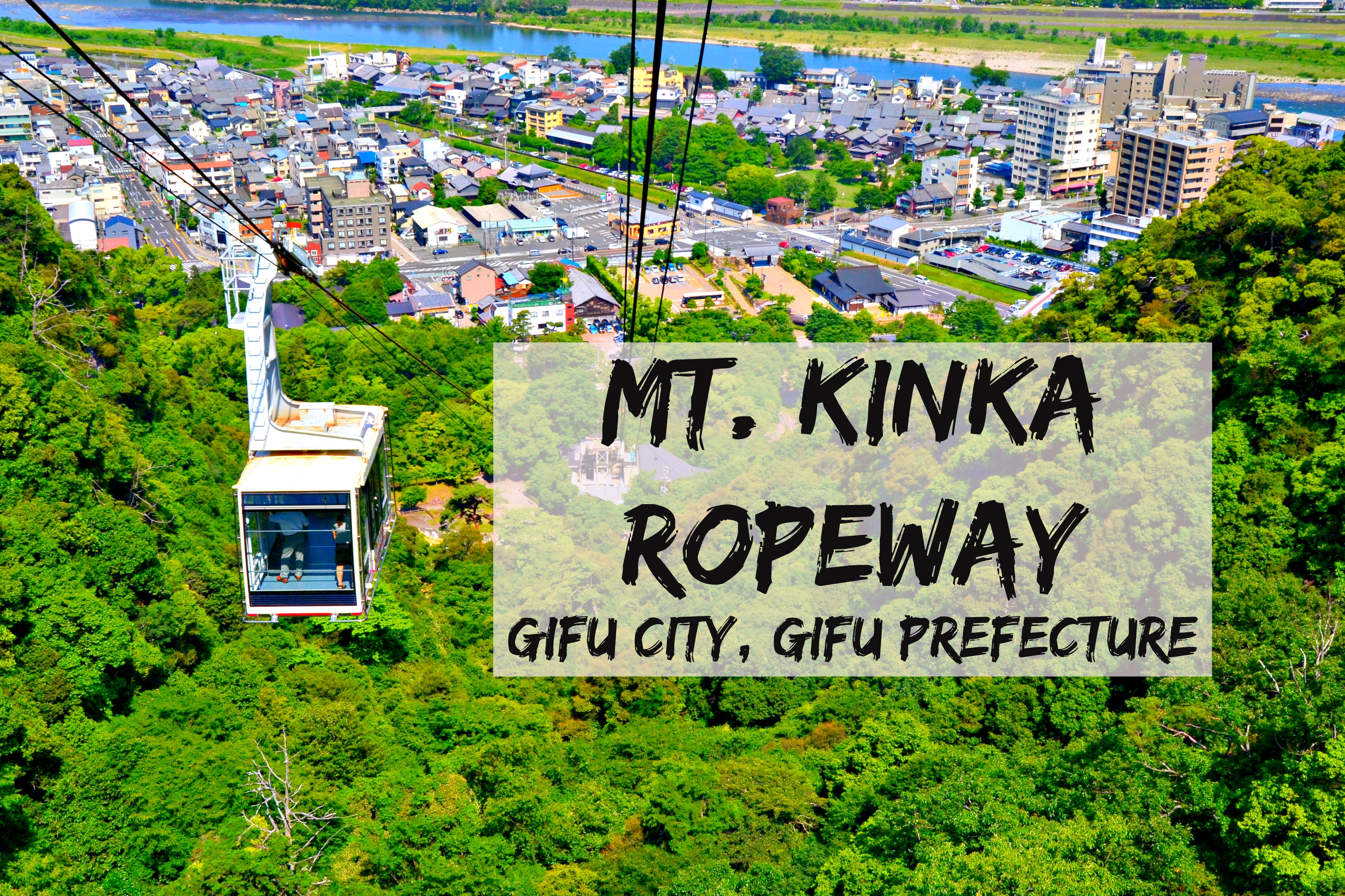Kuriyama Tenmangu Shrine - Hokkaido
 |
| Kuriyama Tenmangu Shrine |
Kuriyama Tenmangu Shrine Details
Kuriyama Tenmangu Shrine offers a fascinating journey into Japan's cultural and spiritual past. This sacred site has deep roots in ancient Ainu traditions and continues to play a significant role in the local community today.
 |
| Kuriyama Tenmangu Shrine - Kuriyama town, Hokkaido Prefecture |
A Sacred Beginning
The origins of Kuriyama Tenmangu Shrine trace back to the Ainu settlers who first inhabited the area. Around seven or eight of these settlers, scattered along the Yubari River, established altars and small shrines in the surrounding forest, offering prayers and honoring the gods. According to Ainu oral tradition, this region has been considered sacred for centuries, with divine beings enshrined in the area since ancient times.
From Settlement to Shrine: A Journey of Growth
The development of the area began in earnest in 1888 when settlers from Toyama and Miyagi prefectures arrived. Over the following years, the community flourished, and in 1891, a railway line was established, opening in 1893. Initially known as Uenbetsubut in the Ainu language, the region was later named Kuriyama, inspired by the many chestnut trees that dotted the landscape.
Kuriyama Tenmangu Shrine's Main Hall
By this time, the population had grown to 30 households, and local volunteers took the initiative to establish a shrine. In 1891, the Kuriyama Shrine was founded, enshrining Sugawara no Michizane, the deity of Dazaifu Tenmangu Shrine, a well-known figure in Shintoism. The shrine’s first structures were modest, but in 1925, a larger main building and worship hall were constructed, signaling the shrine's growing significance. Just a few years later, in 1929, it was officially promoted to a village shrine.
A New Era: Modern Developments and Celebrations
In 1952, following the enactment of the Religious Corporations Act, the shrine was renamed Kuriyama Tenmangu Shrine, reflecting its official status. The 100th anniversary of the opening of the local railway in 1968 marked another milestone in the shrine’s history. To commemorate this special occasion, a new main hall, worship hall, and shrine office were built, designed in the elegant Ryuzo Architectural Style. This beautiful structure remains today, a testament to the shrine’s enduring legacy.
 |
| One of the monuments in Kuriyama Tenmangu Shrine's grounds |
 |
| Kuriyama Tenmangu Shrine's chozuyabachi |
 |
| Some shibazakura flowers are blooming on the shrine grounds |
 |
 |
| Kuriyama Tenmangu Shrine's ema board |
 |
| Kuriyama Tenmangu Shrine grounds as seen from the main hall |
Additionally, the Kuriyama Inari Shrine was established on May 15, 1923, and the deity Inari Okami was enshrined there on May 30, 1964, further enriching the spiritual history of the region through a merger.
Kuriyama Tenmangu Shrine's komainu
 |
| Kuriyama Tenmangu Shrine's a-gyo |
 |
| Kuriyama Tenmangu Shrine's un-gyo |
Kuriyama Tenmangu Shrine Today
Today, Kuriyama Tenmangu Shrine serves a community of around 1,200 households and occupies a serene 175 square meter shrine area. Visitors are drawn not only to its rich history but also to its peaceful atmosphere, where nature and spirituality seamlessly intertwine. The shrine’s significance is celebrated annually with various festivals and rituals that continue to honor its ancient roots while embracing the modern era.
Team Nicerio visit the Kuriyama Tenmangu Shrine
 |
 |
My family and I visited Kuriyama Tenmangu Shrine for the first time during our “Wedding Anniversary” road trip on May 13, 2023. It also marked my 558th day in Japan as an ALT with the JET Programme. I included it in our itinerary as part of our #Hokkaido179 travel goals. It was the first shrine that we visited for the day. Like all our shrine visits, we paid respects and offered prayers in the shrine, and before leaving, we made a wish, which is our family tradition when visiting a sacred place for the first time.
Kuriyama Tenmangu Shrine’s Admission Fee
It’s FREE to enter and explore Kuriyama Tenmangu Shrine grounds. However, please bring cash if you plan to avail of the shrine’s goshuin or omikoji.
Kuriyama Tenmangu Shrine’s Operating Hours
Kuriyama Tenmangu Shrine’s grounds are open 24/7. However, the shrine’s office is open from 9 AM to 5 PM only.
Why visit Kuriyama Tenmangu Shrine?
A visit to Kuriyama Tenmangu Shrine offers a unique opportunity to connect with Japan’s spiritual past, making it a must-see destination for history enthusiasts and those seeking a deeper understanding of Japan's rich cultural heritage. Aside from that, if you collect goshuin or shrine stamps, make sure to bring your goshuincho when visiting Kuriyama Tenmangu Shrine.
Getting to Kuriyama Tenmangu Shrine
From Kuriyama Station, visitors can choose to walk for about 15 minutes to the park or ride bus #27 Iwamizawa Kuriyama Sen or bus #25 Iwamizawa Naganuma Sen to Chuo 1 Chome [Kuriyamacho] bus stop.
Once there, Kuriyama Tenmangu Shrine is a few minutes away on foot.
Travel time: 10 minutes
Fare: 240 yen
Ratings
| Cleanliness |
| Overall ratings |
 |




















Comments
Post a Comment